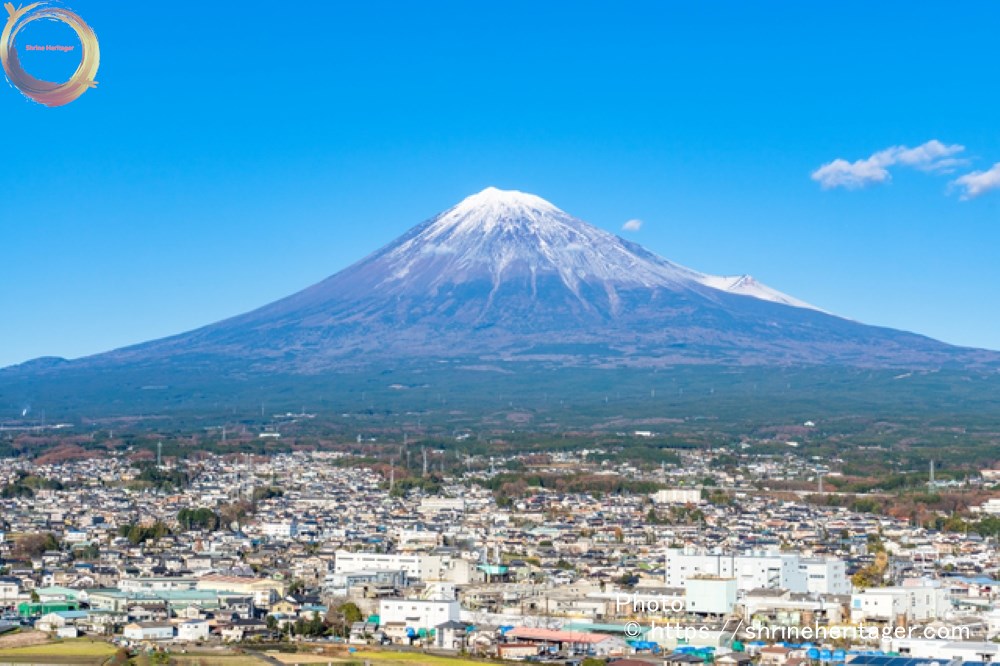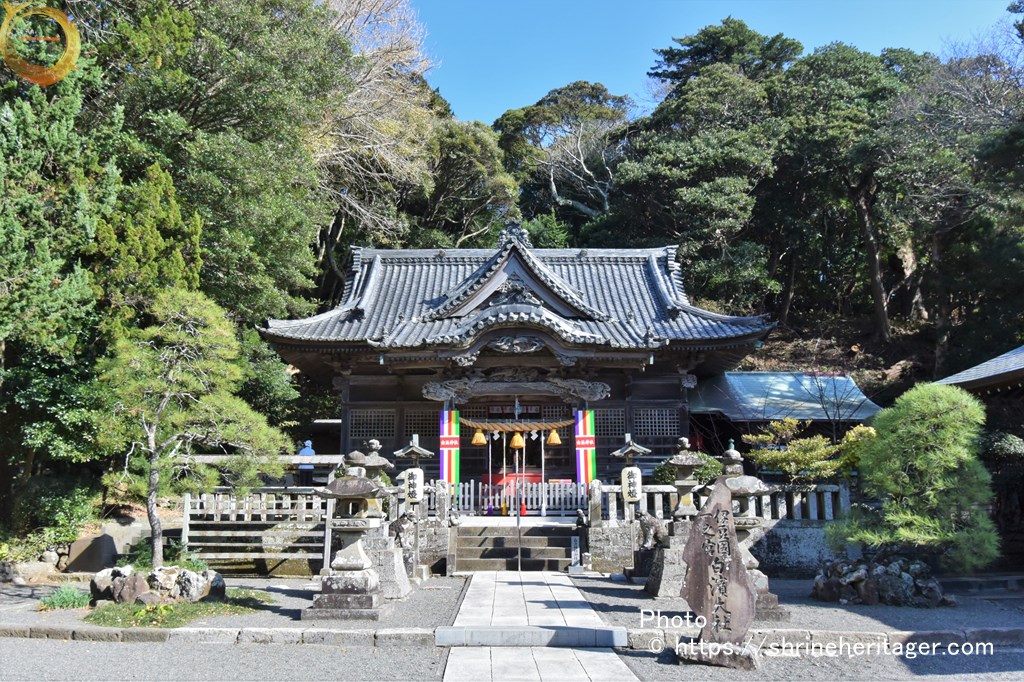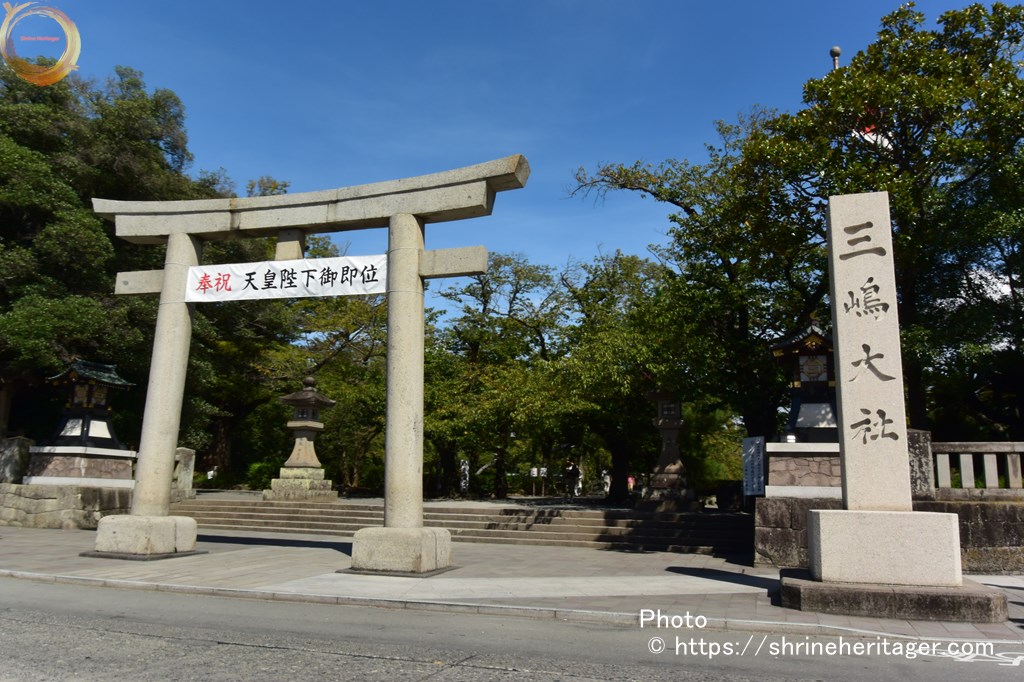中部地方
-

Mt. Fuji World Cultural Heritage Component Assets and More about Sengen Shrine
As a criterion (iii) of the World Cultural Heritage "Mt. Fuji - Object of Worship and Source of Art", it is written that "Through the ascent to the summit and pilgrimage to the sacred place at the foot of the mountain, which has inspired the tradition of mountain worship from ancient times to the present day, pilgrims wished to imbue themselves with the spiritual power of the gods and Buddhas who live there."
-

Mt. Fuji World Cultural Heritage Component Assets and More about Sengen Shrine
World Cultural Heritage "Fujisan, sacred place and source of artistic inspiration"Criteria(iii)of the World Cultural Heritage "Mt. Fuji has continued to inspire a tradition of mountain worship from ancient times to the present day. Through ascending to the summit and making pilgrimages to sacred places at the foot of the mountain, pilgrims have hoped to immerse themselves in the spiritual powers of the gods and Buddha who call it their home.
-

Ikonahime no mikoto shrine (Shirahama Shrine)
Ikonahime no mikoto shrine, according to the good luck of the shrine, "This god is transferred here from Miyakejima, and it will be transferred to Mishima later", and the pioneer god of izu islands "Mishima-jin - Mishima-jin" and the empress god "Ikonahime no mikoto" The hill "hitachiyama" on the Shirahama coast of the jinzachi area is a ritual site that enshrines the Izu Islands since ancient times, but the rituals of Ikonahime no mikoto Shrine are still continuing.
-

三嶋大社(mishima taisha)
Mishima Taisha had been revered by the Imperial Court as a god responsible for the eruption and construction activities of the Izu Islands since ancient times. As a Ichinomiya in Izu Province, it is the center of faith in the Izu Peninsula.




